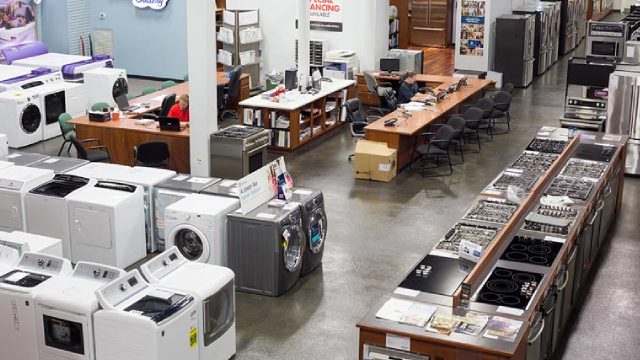Whirlpool’s Struggles in the Market
The Challenge of Underperformance
Whirlpool shares have faced a tough year, falling by 4% amid a recent 18% plunge due to disappointing guidance. This decline comes at a time when the US housing market is slowly recovering, but not at the pace many had hoped for. The company is grappling with the impact of high interest rates on homebuying, which has resulted in an uneven recovery and limited margin expansion.
The Pressure of High Debt Levels
One of the key issues facing Whirlpool is its high debt levels, which have necessitated significant debt reduction efforts. This has put a strain on the company’s ability to invest in growth initiatives and has limited its potential for share buybacks and price recovery. Despite implementing cost-saving measures, Whirlpool’s free cash flow only just covers its dividend, raising concerns about its ability to sustain its payouts in the long term.
The Impact on Shareholders
For shareholders, the underperformance of Whirlpool shares is a cause for concern. The recent drop in stock price has eroded the value of their investments, and the uncertain outlook for the company’s financial health has raised doubts about the sustainability of dividend payments. As Whirlpool continues to grapple with challenges in the market, shareholders may need to brace themselves for further volatility in the stock price.
The Global Implications
Whirlpool’s struggles are not just limited to its shareholders – they have broader implications for the global economy. As a major player in the home appliance industry, Whirlpool’s performance can be seen as a bellwether for consumer confidence and spending. A prolonged period of underperformance by Whirlpool could signal broader economic challenges ahead, impacting not just investors but also consumers and businesses around the world.
Conclusion
Whirlpool’s recent struggles in the market highlight the challenges facing the company as it navigates a slow US housing recovery and high debt levels. Shareholders are feeling the impact of underperformance, while the broader implications for the global economy are cause for concern. As Whirlpool continues to face headwinds in the market, both investors and the wider economy will be watching closely to see how the company responds to these challenges.





